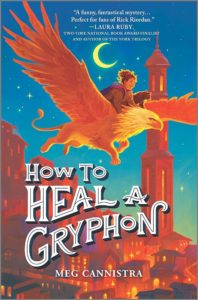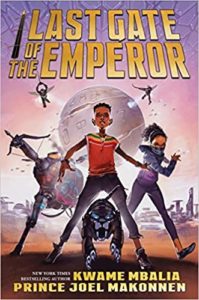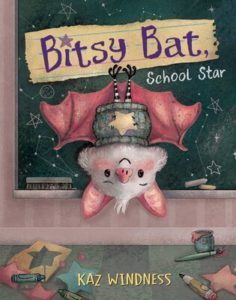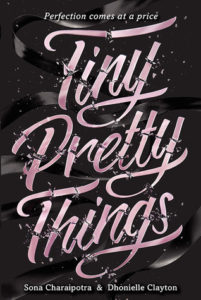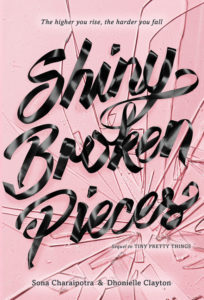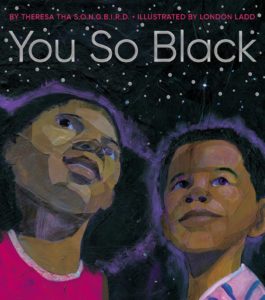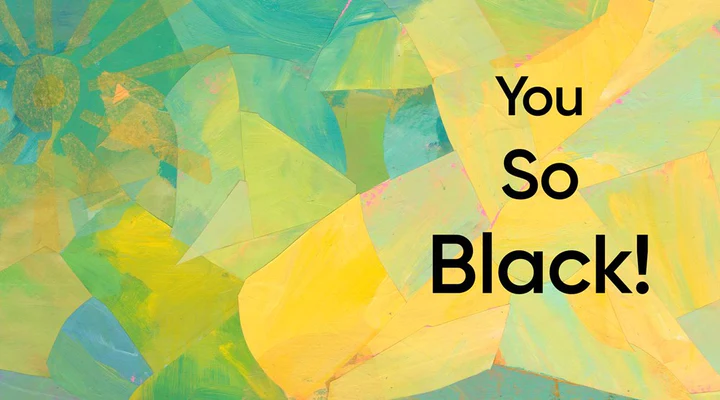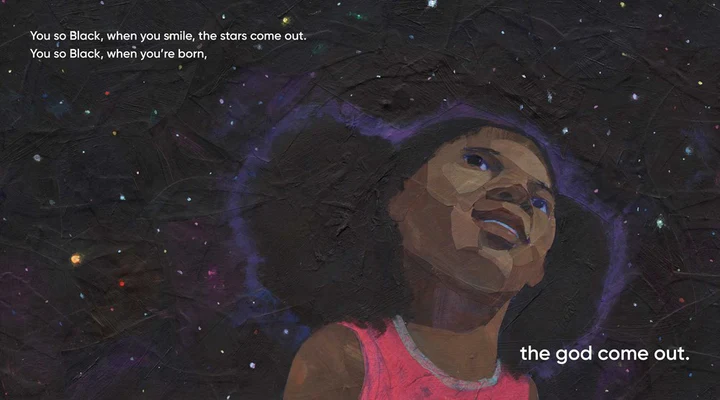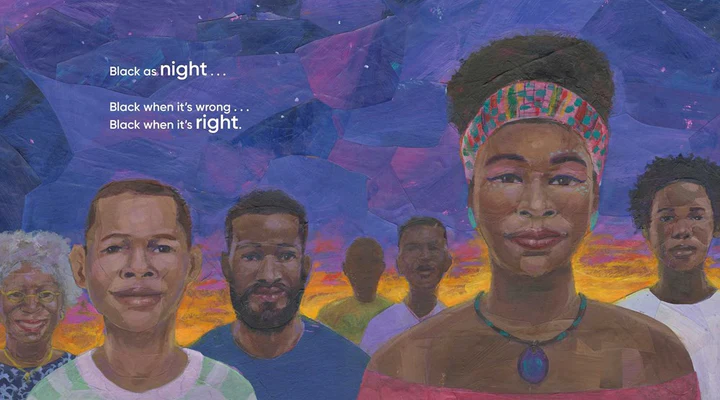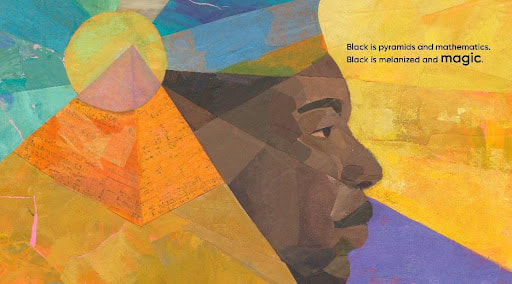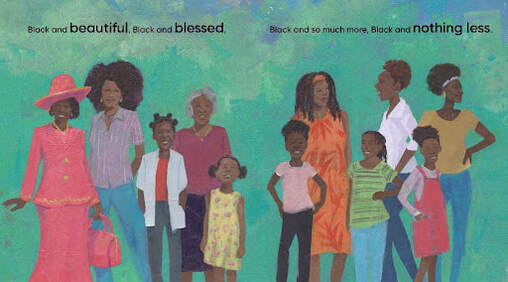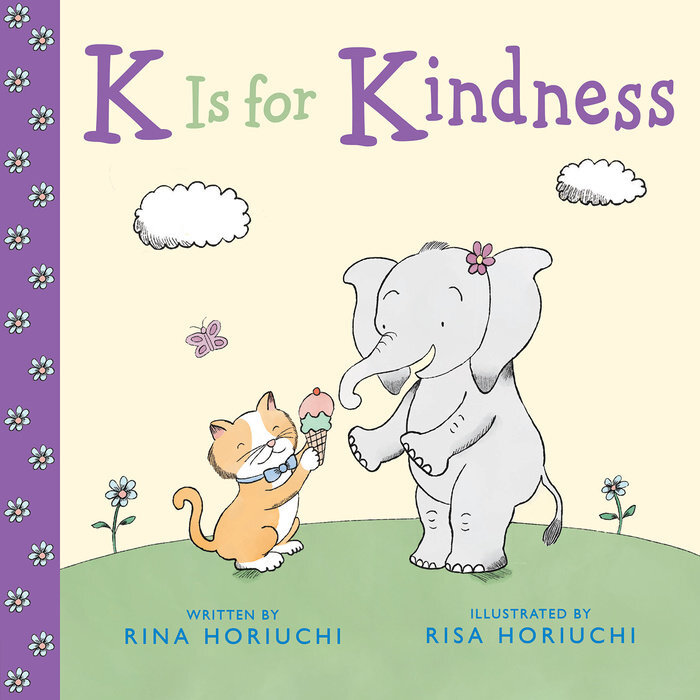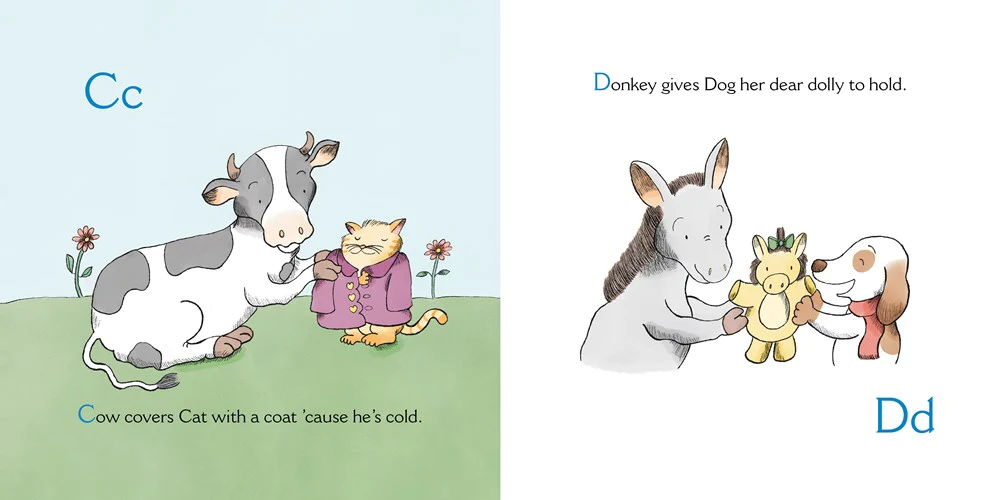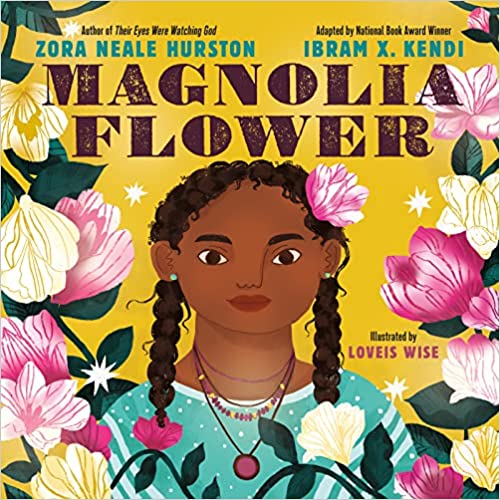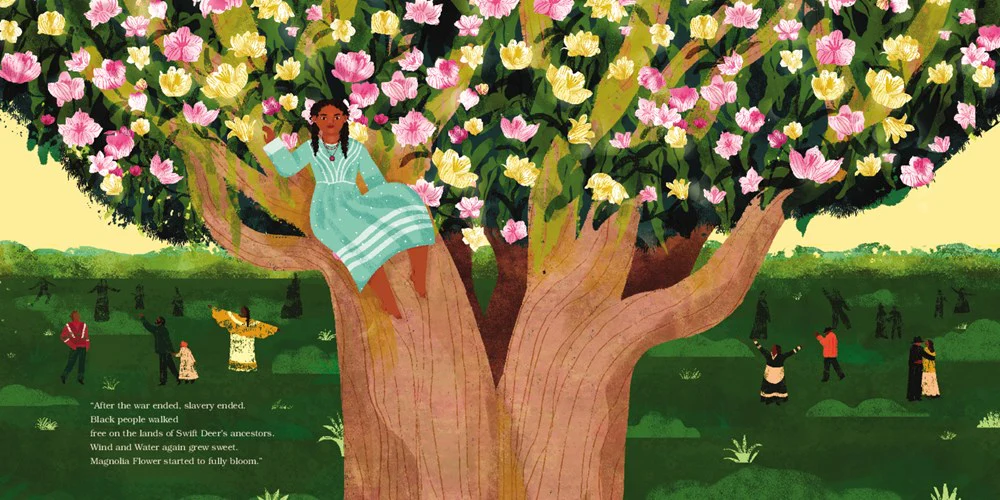How to Heal a Gryphon
Author: Meg Cannistra
Published: October 4th, 2022 by Inkyard Press
Summary: To save her family, she’ll have to make a dangerous bargain and tip the scales off balance.
With her thirteenth birthday just around the corner, Giada Bellantuono has to make a big decision: Will she join the family business and become a healer or follow her dreams? But even though she knows her calling is to heal vulnerable animals, using her powers to treat magical creatures is decidedly not allowed.
When a group of witches kidnaps her beloved older brother, Rocco, and her parents are away, Giada is the only person left who can rescue him. Swept into the magical underground city of Malavita, Giada will need the help of her new companions to save her brother—or risk losing him forever.
Review: In the first book of the Giada the Healer series by Meg Cannistra, we enter a world where magic is real and mythical creatures exist and we get to meet Giada, a thirteen year old girl from a family of healers. She has magic, just like the rest of her family, but unlike them, her magic works best with animals. She knows she is going to have to tell her family that she wants to work with animals, not humans, but she has been putting it off trying to figure out how to break it to them without them being too upset. But before she can get a chance, she finds herself in the most important fight of her life–one against the witches underground to save her brother. Through this journey, will Giada be able to show that her passion is just as important as tradition?
Readers will love Giada and her story. It is paced so well, with a balance of plot-driven and character-driven elements, a body-positive message throughout, and the magical system & world building is intertwined with aspects of Roman mythology and Italian folklore. I also particularly love the lesson found within the book about passions: Giada’s internal struggle of passion versus expectation is one that so many readers will connect with, and Giada will be a great guide for those in similar situations.
I was lucky enough to be able to create a discussion guide for Cake Creative Kitchen and Inkyard Press for this book and educators will find that Cannistra’s novel includes imagery and descriptive language, complex characters, an opportunity to look at cause and effect, thought-provoking reflection opportunities, a quest-focused plot that follows the hero’s journey, and more elements that allow the reader to deeply delve into the text.
This book will definitely leave any reader wanting more, but they’re in luck! The second book in the series, How to Save a Unicorn, is waiting for them! Happy reading everyone!
Teachers’ Tools for Navigation and Discussion Questions:
Please view and enjoy the educators’ guide I created for Cake Creative Kitchen:
You can also access the educators’ guide here.
Recommended For:
